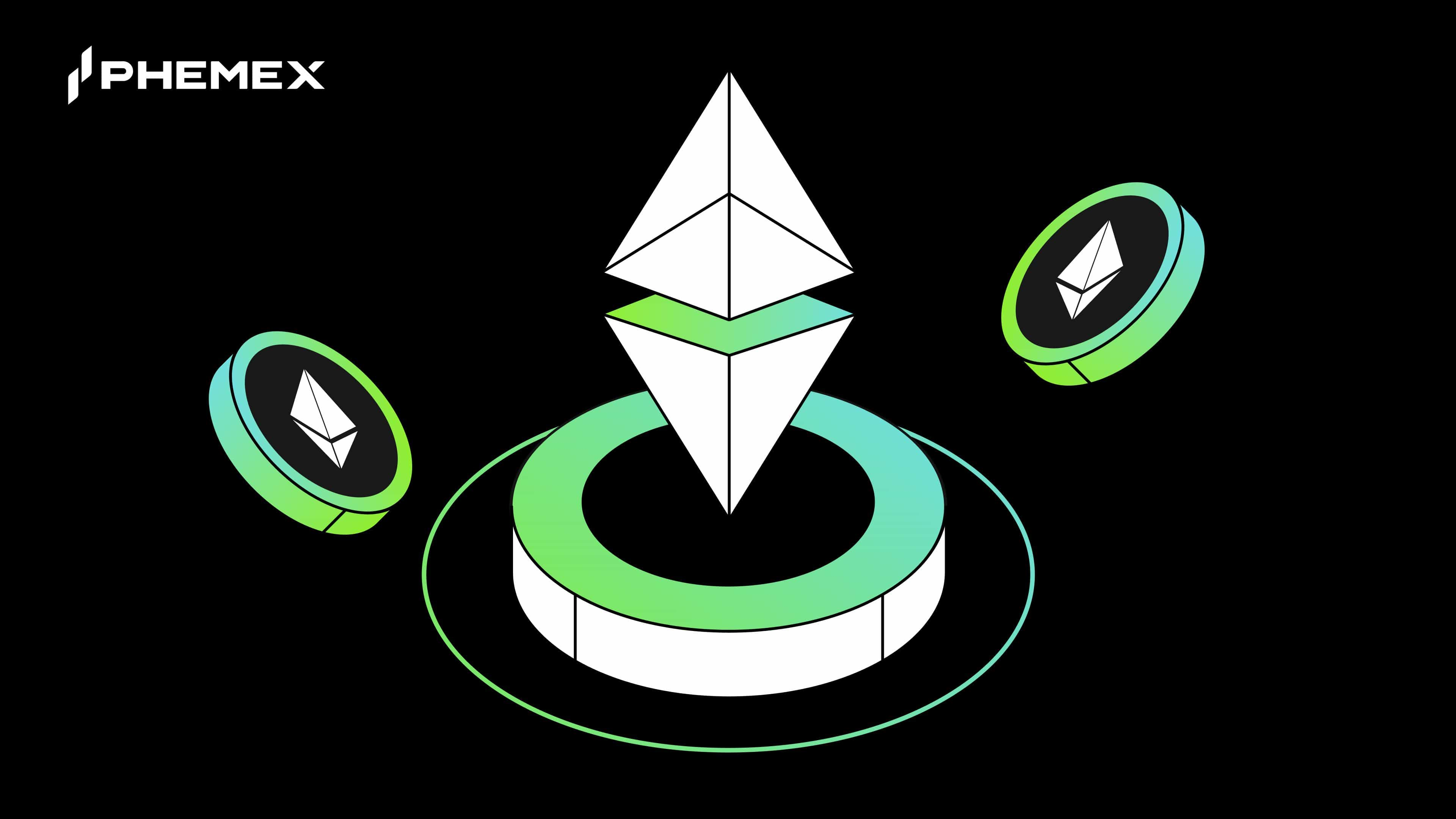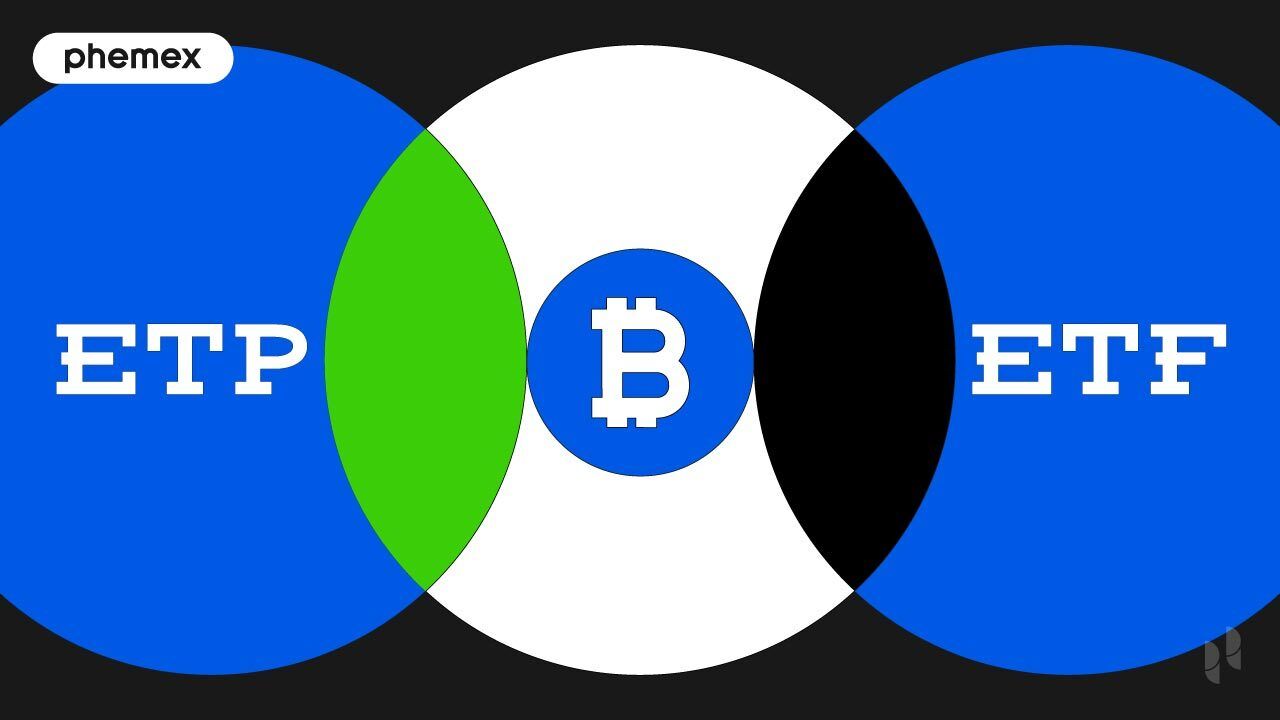Summary:
- Ethereum staking allows investors to earn passive income.
- While the “gold standard” method of staking Ethereum involves solo staking the full sum of 32 ETH, there are other more flexible ways of staking that do not require such high amounts of capital.
- These include using liquidity pools, staking-as-a-service, and centralized exchanges.

What Is ETH Staking?
Staking means holding tokens or coins in a crypto wallet to support the operations of a blockchain i.e. the processing of transactions, storing data and adding new blocks to the blockchain.
On the newly upgraded Ethereum which underwent the “Merge” transition to proof-of-stake, those who undertake this process of staking ETH coins are rewarded with new ETH.
At time of writing, there are 15,288,115 total ETH staked by slightly over 450,000 validators, earning an APR of 4%.
Each of these validators are required to stake 32 ETH, no more and no less, for a fixed period of about 1-2 years.
However, you do not need to have 32 ETH to stake in order to participate in the staking process.

History of daily staked Ethereum (Source: beaconcha.in)
How To Stake Ethereum?
There are several ways to stake Ethereum. It depends on how much you want to stake, how comfortable you are with the responsibilities, complexities and risks of each staking method.
The two biggest drawbacks about staking Ethereum is that as a direct validator, you have to stake 32 ETH, and not only that, it will be locked up for 1-2 years.
The good news is that there are other ways to participate in the staking process without having to invest such a big lump sum and having it locked away for so long.
We present 4 different ways of staking below, starting from the most beginner-friendly to the “gold-standard” of ETH staking, which is solo staking.
1) Centralized exchanges
What it involves:
- Many centralized exchanges provide staking services like Phemex’s Earn Program for novice crypto investors who want to stake their idle crypto assets.
What is required:
- An account with a crypto exchange
Pros:
- Extremely low risk way of earning passive income
- Very convenient as you don’t need to move your ETH to a separate platform.
- No technical expertise required; beginner-friendly
- Stake any amount of ETH
- Short lock-in period, typically 2 weeks
Cons:
- May not be as profitable as other methods
2) Pooled Staking/Liquidity Pools (LPs)
What it involves:
- Pooling your assets with other stakers in a liquidity pool, to reach the 32 ETH to run a validator.
What is required:
- Deposit your ETH into a staking pool and start earning ETH staking rewards.
- Alternatively, swap your ETH for an ERC liquidity token that represents your ETH and the rewards you stand to earn. The most well-known ETH staking provider is Lido Finance. You can park your ETH with them, in return for the liquidity token, stETH (refer to the “Pros” section below for the reason you would want to swap your ETH for stETH.)
Pros:
- No fixed time commitment
- Very low ETH requirements; you can stake as little as 0.01 ETH for some projects, or even any amount you wish
- Requires no technical expertise
- The ERC20 liquidity tokens can be sold on the open market–so even though stakers by default cannot withdraw their stakes for now, you can sell your tokens on the open market and collect both your initial capital as well as staking rewards, effectively “withdrawing” your staking position with your rewards.
- In addition, while other staking methods lock up your ETH, rendering you unable to use them for anything else, staking with liquidity tokens enable you to leverage your ETH asset value in other DeFi apps such as collateral for borrowing money.
Cons:
- Have to share your staking rewards
- Carries some third-party risk as pooled staking is not directly managed by the Ethereum network but by third parties. Therefore, there are some smart contract, third party and execution risks involved still, as with any investment.

3) Staking-as-a-Service
What it involves:
- Using a third-party staking provider/node operator who will stake your ETH on your behalf. Suitable for those who want to stake 32 ETH but does not want to have to deal with the technical complexities
What is required:
- Just your 32 ETH
Pros:
- Almost maximum rewards (after deduction of monthly fee for staking provider’s node operations) without having full technical expertise in hardware setup
- You maintain custody of your own withdrawal keys, meaning the provider has no power to withdraw, spend or transfer your funds
Cons:
- This method requires a great deal of trust in the staking provider to ensure good node performance; otherwise, you risk getting penalized or slashed
- Funds are locked in for the foreseeable future (1-2 years)
4) Individual or Solo Staking
What it involves:
- Solo staking involves activating the validator software from your own computer that acts as an Ethereum node, in order to participate in network consensus. The official stance on solo staking, according to the Ethereum website, is that it is the “gold standard” for ETH staking.
What is required:
- 32 ETH (about $48,000 as of end October 2022)
Pros:
- Self-custodial; you don’t need to entrust your funds to someone else.
- Maximum profits; you don’t have to share your ETH staking rewards with anyone.
Cons:
- Staked ETH will be locked for at least one to two years, until after the next upcoming upgrade i.e. Shanghai upgrade.
- Requires a certain level of technical expertise to set up and maintain hardware
- As a dedicated machine is highly recommended, solo staking will require additional computing investment
- Requires good 24/7 bandwidth to provide reliable uptime
ETH staking rewards: Is it profitable?
The profits you stand to earn from staking Ethereum depends mainly on three factors:
- Amount of ETH you stake
- Length of staking period
- Method of staking
- Type of validating node. It is important to note that there are two types of validating nodes operating as stakers, and they receive different reward levels. Block proposers (block creating nodes) get 1/8 of the total reward and attesters (a node that acts as a witness to the block proposer) get 7/8.

Ethereum co-founder Vitalik Buterin on Ethereum staking rewards (Source: Twitter)
Should You Stake Ethereum? Can You Lose Staked Ethereum?
While ETH staking sounds very “passive,” there are also risks.
If you’re wondering, “Can you lose staked Ethereum?”, the answer is yes. With ETH staking, there is the risk of slashing if you are found to be participating in malicious behavior or violating the rules of the Ethereum network. When this happens, your stake can be reduced, or you can even lose it.
If you’re an ETH HODLer who believes that Ethereum will go to the moon in the next few years, you would not want to sell. At the same time, you don’t want your ETH assets sitting idle; staking ETH is a good way to put it to work.
Be well-versed with the responsibilities and risks of each staking method so that you can reap the maximum return on your investments–while playing a part in what may just be the cusp of a technological revolution unlike any other.
Read More
- What is Staking in Crypto & How does it Work?
- What is stETH: Liquid Staking for ETH 2.0
- What is Staking: PoW vs. PoS Explained
- What Is Ethereum: Ground Zero of the Next Digital Era
- What Does the DeFi Hype Mean for ETH?
- Ethereum 2.0 – Everything You Need to Know
- Phemex Analysis in A Minute: How to Capitalize on ETH's Bull Run!
- What Is aETHc? – Affordable Staking on Ethereum 2.0









